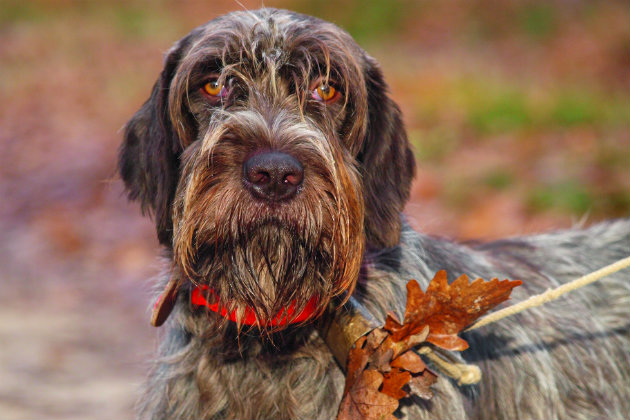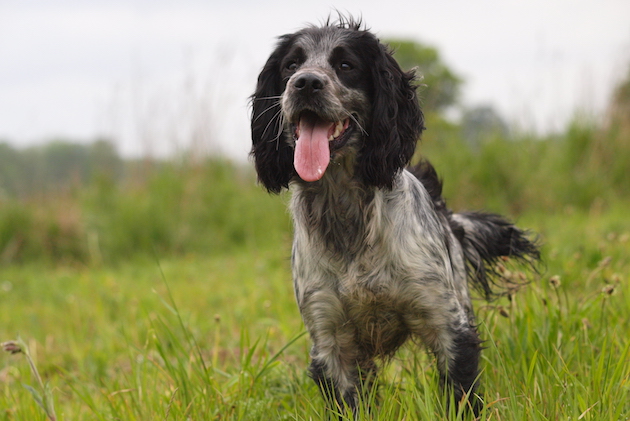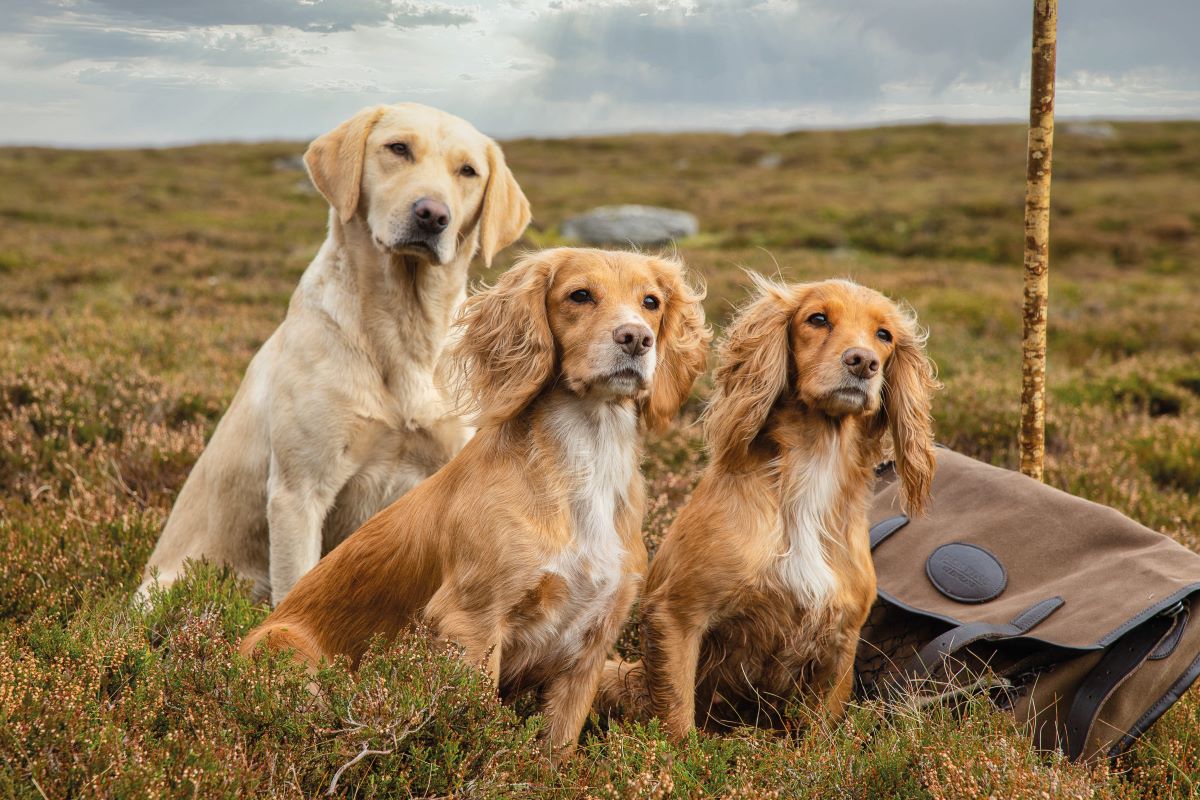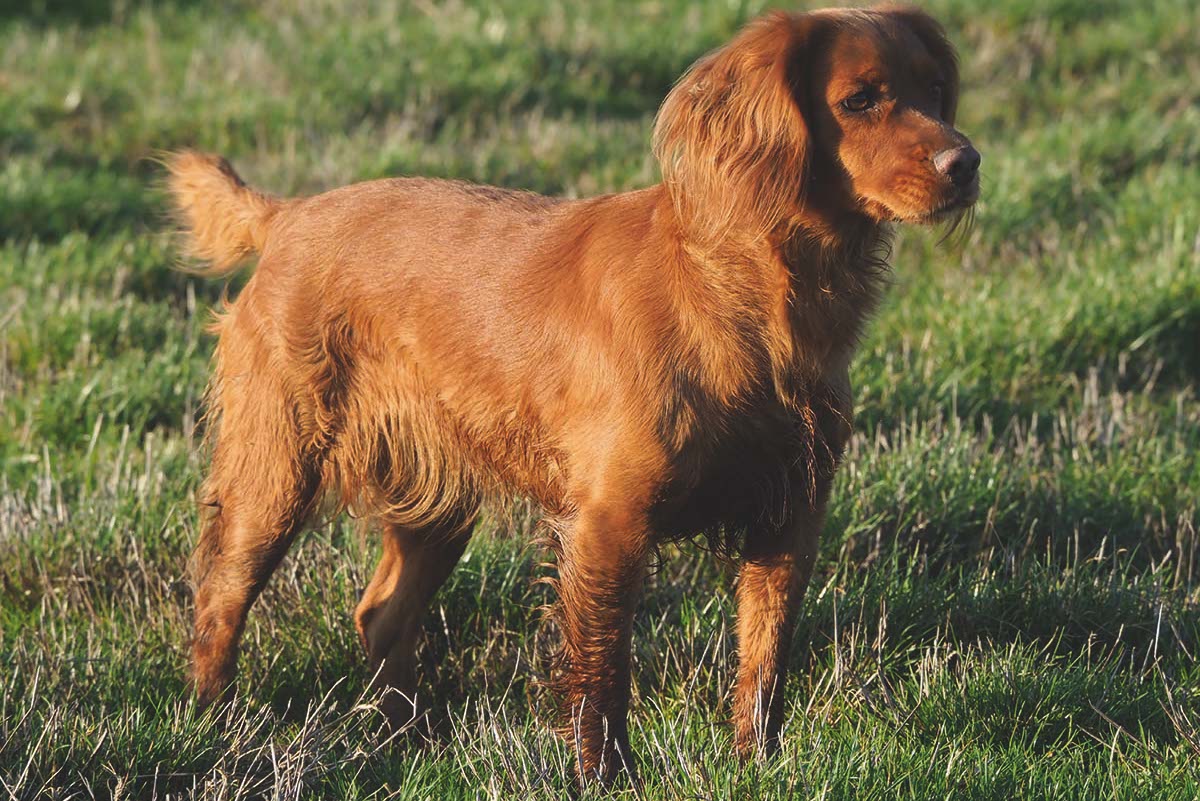How did traditional gundogs fare in Kennel Club registrations in 2018?
Brachycephalic breeds, like the French bulldog, are overtaking the Labrador for the first-time, says David Tomlinson
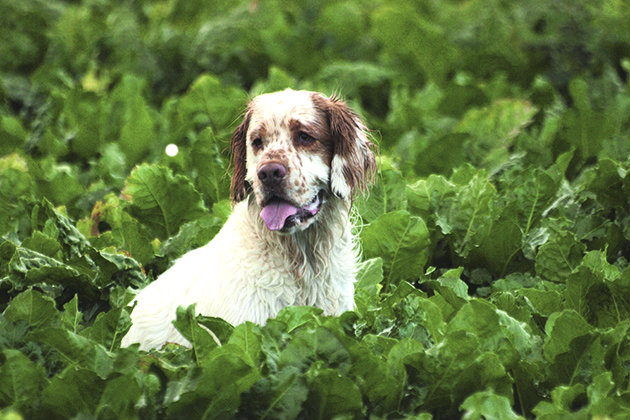
Clumber spaniels had a good year, with 280 puppies registered
Has the dog-buying British public gone barking mad? Last year, as was widely predicted, the French bulldog became Britain’s most popular pedigree breed, ousting the Labrador from the top spot it has held for many years. According to the Kennel Club 36,785 French bulldogs were registered in 2018, compared with 36,526 Labradors.
Curiously, registrations for both Labradors and third-placed cockers (23,927) were slightly up in 2018 compared with 2017. The English bulldog appeared in the top five for the first time in 2018 with 10,665 registered, outnumbering the fifth-placed English springer on 10,152. Not far behind, on 9,742, comes another flat-faced breed, the pug.
Problems with flat-faced breeds
For anyone with the slightest interest in dog welfare, the remarkable rise in popularity of the brachycephalic (flat-faced) breeds is deeply worrying. These dogs, especially as puppies, have a certain cute appeal but there is no escaping the fact that they are malformed. A dog needs a proper muzzle to enable it to breathe properly, something that a wheezing bulldog clearly can’t do. The list of ailments these dogs suffer from is long and depressing.

The English springer spaniel retained its number five slot in the Kennel Club’s top 10
Kennel Club registration figures
I will turn now to the Kennel Club’s annual registration figures. Intriguingly, several of the gundog breeds had modest increases in registrations, mostly reflecting popularity as pets or in the show ring rather than in the shooting field
.
I’ve still yet to see a bracco Italiano working on a shoot day, yet 165 were registered last year, compared with only four German longhaired pointers, a good-looking dog with
real working ability.

Numbers of wirehaired vizslas are increasing
Top gundog
It wasn’t a great year for our native gundog breeds. Clumbers did relatively well, with 280 puppies registered, but field spaniels only managed a modest 48 and Sussex spaniels 34. Such desperately low figures do not bode well.
But the Irish water spaniel (IWS) is on a roll, with 111 registrations last year compared with 69 the year before. The fact that an IWS was the top gundog at Crufts this year won’t do the breed any harm.
There wasn’t much change in the numbers of pointers and setters registered, nor for most of the HPR breeds, though Brittanys and large Munsterlanders continue to decline and vizslas and wirehaired vizslas to increase, albeit modestly. With only 70 registrations the curlycoated retriever is just about hanging on but remains in deep trouble.
There is no distinction drawn between the working and show strains of each breed with the Kennel Club. My guess is that the majority of Labradors and probably cockers are show bred, but I suspect that most of the English springers are from working stock. Nor does the Club have any statistics for the number of cross-bred puppies, such as cockerpoos, Labradoodles and sprockers, born last year.
To get a more realistic idea of breed popularity, I turned to Pets4Homes, one of the leading free online sales sites for dogs, as well cats, horses and even hamsters. Based on adverts placed on the website, the top 10 gundogs in 2018 were (in descending order) cocker spaniel, Labrador, English springer, golden retriever, Hungarian vizsla, Weimaraner, German shorthaired pointer, (English) pointer, German wirehaired pointer and American cocker spaniel.
Pets4Homes provides an interesting analysis of its figures. For example, of its cocker spaniel adverts, 3,620 were for Kennel Club-registered animals but 5,315 were for unregistered dogs or puppies. The average advertised price of the former was £788, for the latter a more modest £594. With English springers the respective figures were 1,363 registered puppies and litters, and 1,448 non-registered, with the average prices £611 and £499.
Popular gundog breeds – what’s on the rise?
Has the pedigree dog had its day? While it might be much too early to predict its eventual extinction, figures…
12 questions about spaniels answered
How can I improve my spaniel’s picking up skills? The gundogs in question are 10-month-old litter brothers – one is a…
Just why is the “sprocker spaniel” becoming so popular?
Sprocker spaniels – the lowdown Sprockers have masses of energy and need to be kept busy They are intelligent dogs…
Status
The website explains that “pedigree status is not hugely important to many springer buyers, and for some working roles, some people actively choose non-pedigrees, or don’t assign a lot of value to pedigree paperwork”. As one who has always owned non-registered spaniels I would agree with that. Pedigree papers are essential if you want to compete with your dog but have no other great advantage.
Pets4Homes also lists what it calls the most popular hybrid-type dogs in 2018. Number one was the cockerpoo, followed by the cavapoo, Labradoodle, sprocker and cavachon. During 2018, 9,633 individual adverts were placed for cockerpoos, more than the combined number of all the other hybrid dogs combined.
Prices were high, too, with the average £801. The dog’s popularity can be judged from the fact that Pets4Homes hosted more advertisements for cockerpoos than it did for either pure-bred Labradors or cocker spaniels.
Statistics can be misleading, but however you interpret them, dog ownership in 21st century Britain is already radically different from the last century. How the future will shape our traditional gundog breeds is intriguing, but change now seems inevitable.

